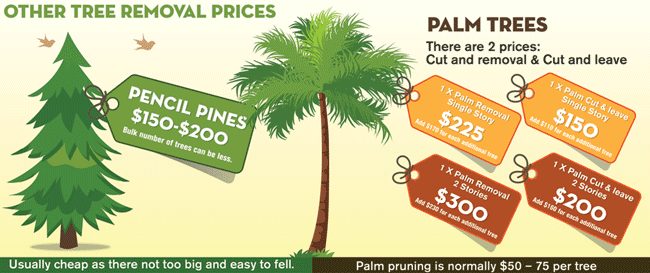Post-Tree Removal Upkeep Is Vital For Restoring Your Landscape; Find Out Key Actions To Renew Your Area And Prevent Possible Issues
Post-Tree Removal Upkeep Is Vital For Restoring Your Landscape; Find Out Key Actions To Renew Your Area And Prevent Possible Issues
Blog Article
Short Article Writer-Hinrichsen Mejia
After a tree's removal, your landscape may look fairly different, and it's necessary to examine the results thoroughly. You'll wish to review the soil disruption and examine surrounding plants for any kind of signs of stress. Disregarding these variables can result in bigger problems down the line. So, what should you make with those stumps and roots? And exactly how do you pick the best plants for your rejuvenated area? Allow's explore these essential steps.
Assessing the Aftermath: Reviewing Your Landscape
After a tree removal, it's critical to assess your landscape to recognize the influence it has on your yard.
Begin by analyzing the area where the tree stood. Look for signs of dirt disruption, and examine the bordering plants for any kind of stress or damages.
You must also make note of how the removal has actually altered sunshine direct exposure and airflow in your garden. This shift can impact the development of nearby plants, so it's vital to review their health and wellness.
Think about the aesthetic facets also; the removal may create an open space that you can upgrade.
Lastly, think of any type of possible disintegration issues that could develop from the tree's absence. Addressing these elements early will aid restore equilibrium to your landscape.
Dealing With Stumps and Origins: Options for Removal
Once you have actually analyzed the results of the tree elimination, you'll likely need to deal with the stump and origins left.
You have a few alternatives for elimination. One efficient technique is stump grinding, where an expert makes use of an equipment to grind the stump to below ground degree. This approach leaves minimal disturbance to your landscape.
If you prefer a do it yourself method, you can make use of a mix of digging and chemical stump cleaners. Simply keep in mind, this process can require time and effort.
Conversely, take into consideration leaving the stump as an all-natural function, which can act as an unique yard component or environment for wild animals.
Whatever you select, attending to the stump and roots is crucial for restoring your landscape.
Selecting the Right Plants for Your New Area
As you examine your freshly cleared space, picking the right plants can substantially boost your landscape's appeal and performance.
Begin by considering the sunlight and soil conditions. For warm areas, opt for drought-resistant plants like lavender or succulents. In shaded places, ferns and hostas thrive well.
Consider the size and growth routines of your plants; mix perennials and annuals for seasonal variety. Don't forget to include native species; they need less upkeep and assistance neighborhood wild animals.
additional reading in strange numbers for an extra natural appearance and produce layers for aesthetic deepness.
Finally, guarantee you have a mix of colors and structures to keep your landscape dynamic throughout the periods.
Delighted please click the following website !
Verdict
In conclusion, restoring your landscape after tree removal is a satisfying process. By assessing the results, addressing stumps and origins, and choosing the right plants, you'll produce a growing atmosphere. Do not forget to incorporate disintegration control steps to shield your dirt. With a little initiative and care, you can transform your room right into a dynamic garden that improves your residential or commercial property. Welcome Prune A Tree to invigorate your landscape and delight in the charm of nature right in your backyard!
